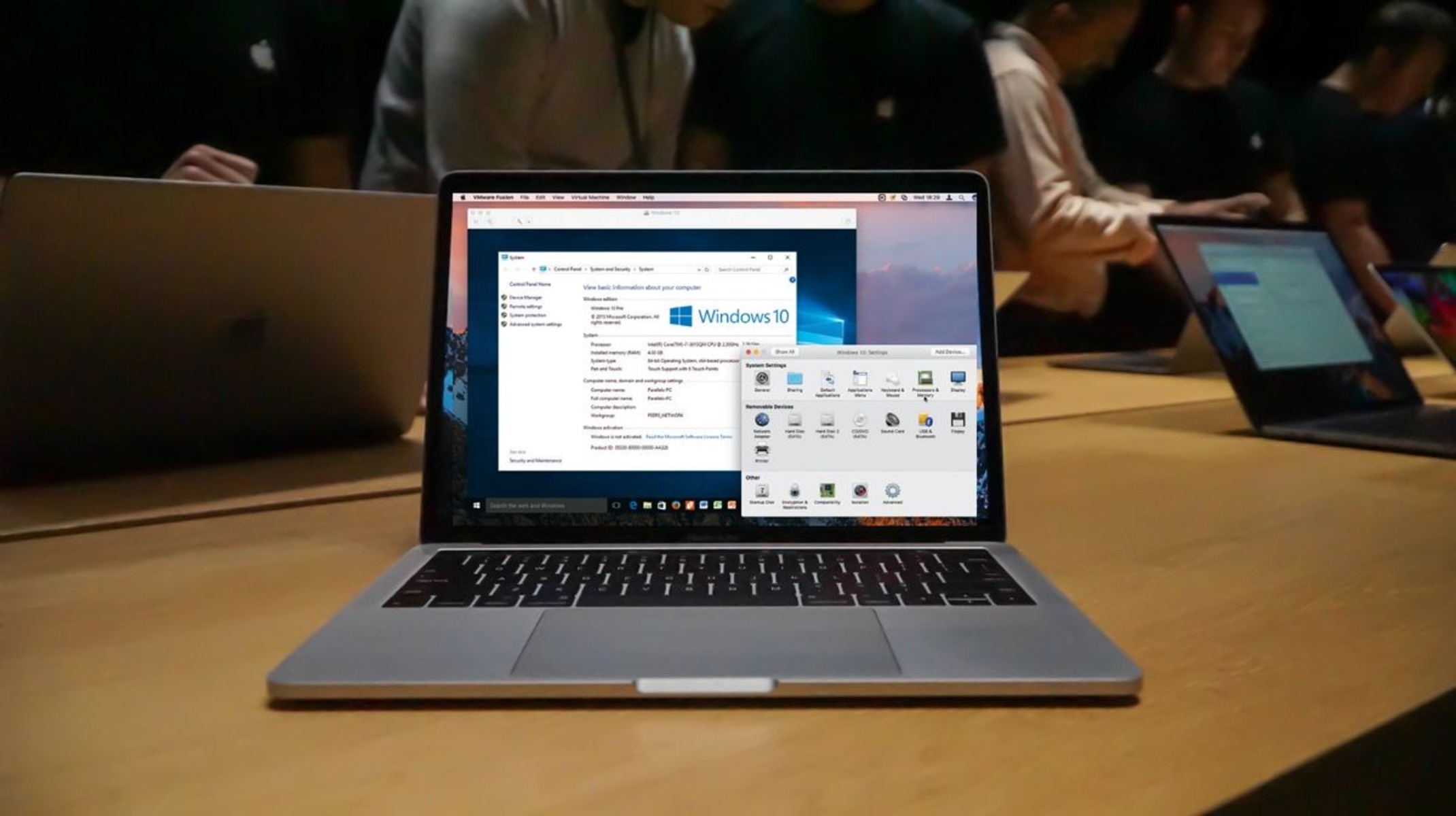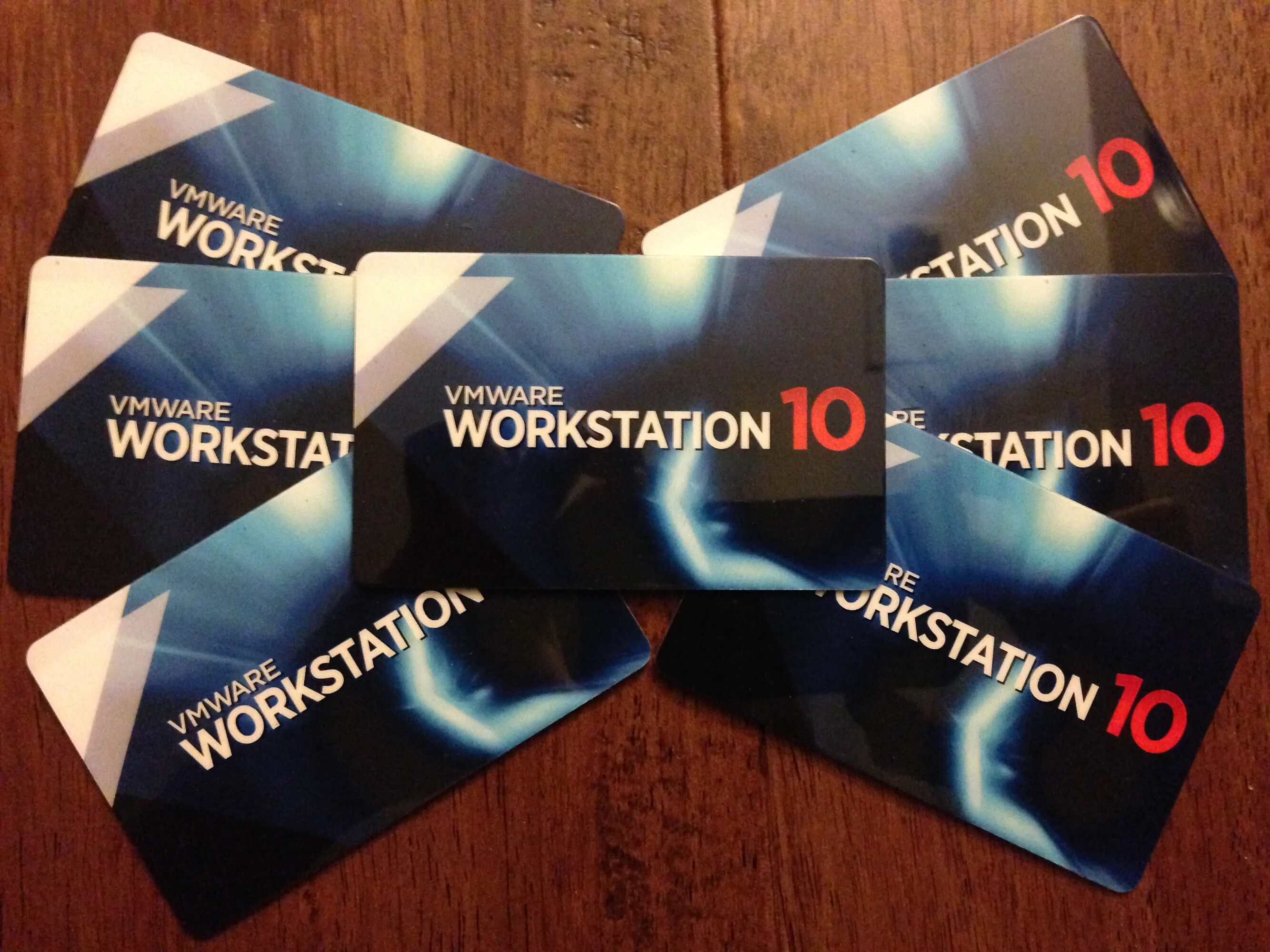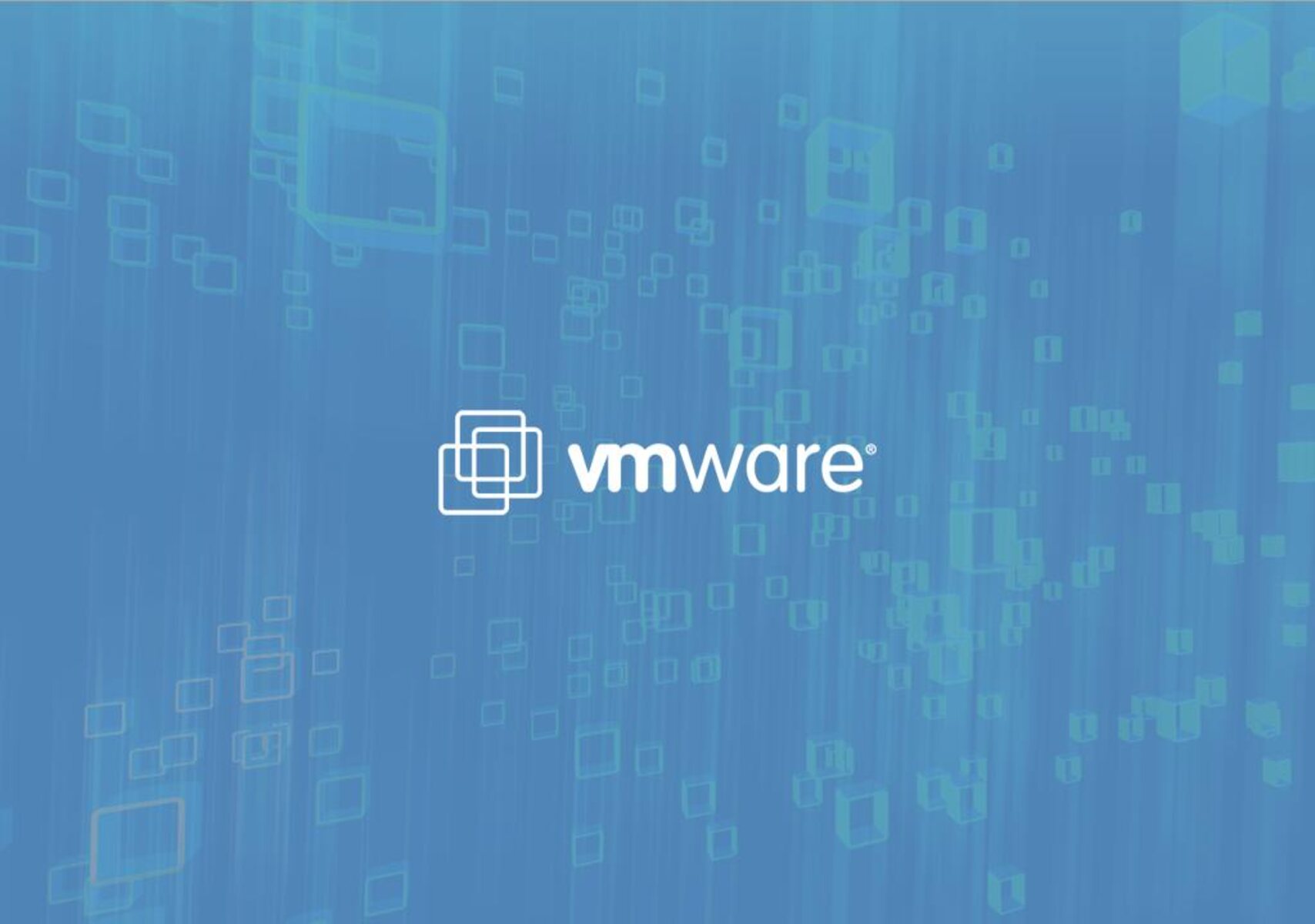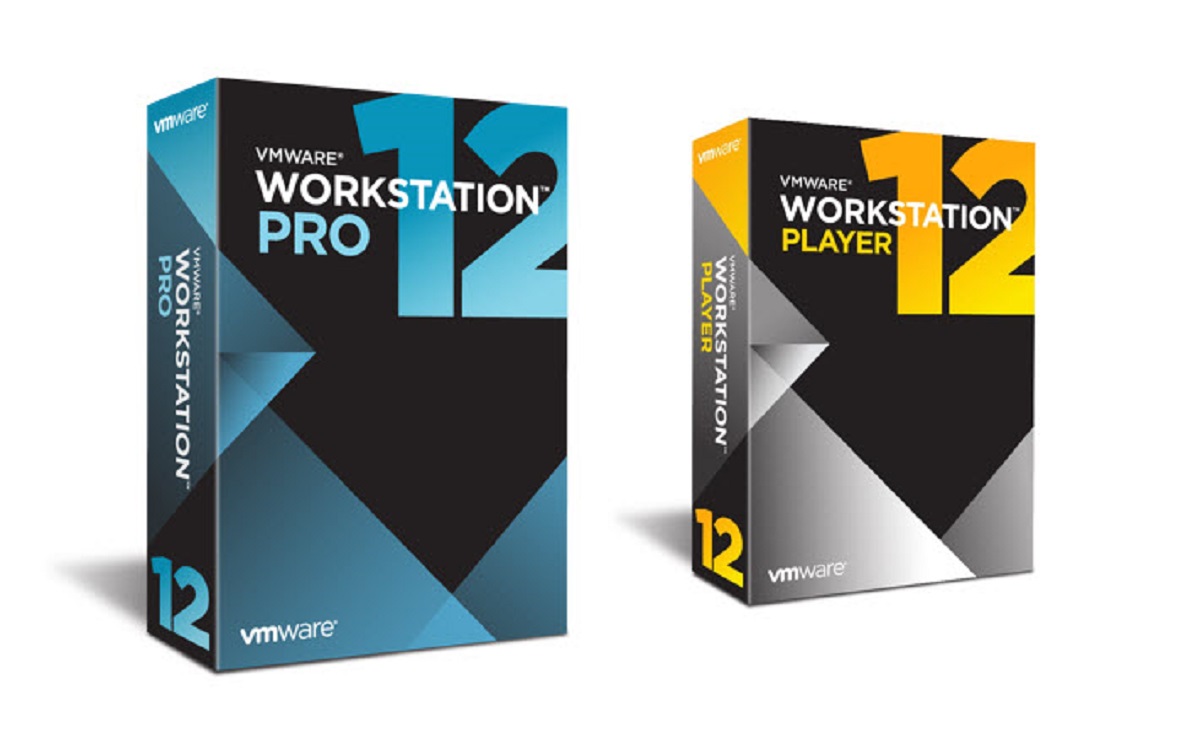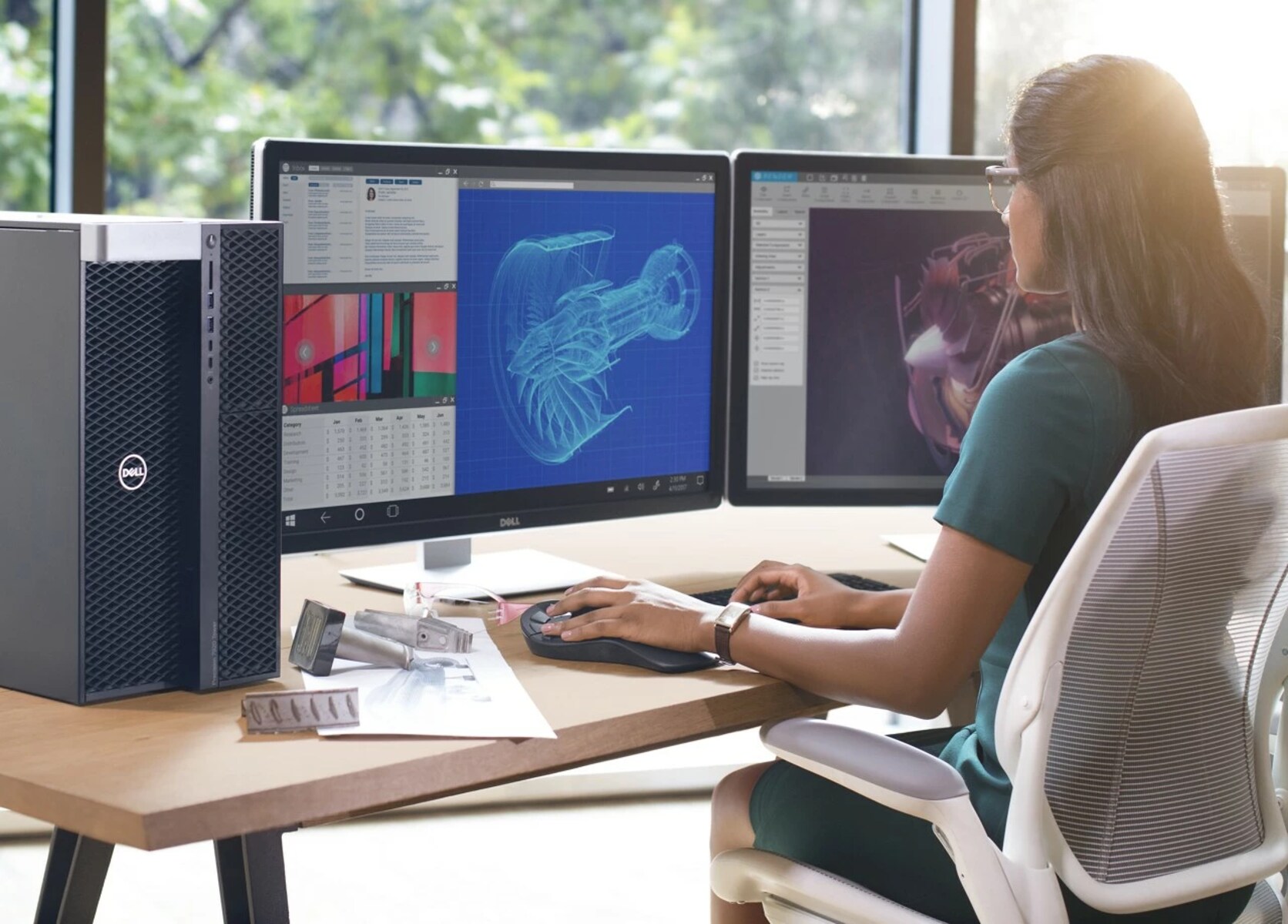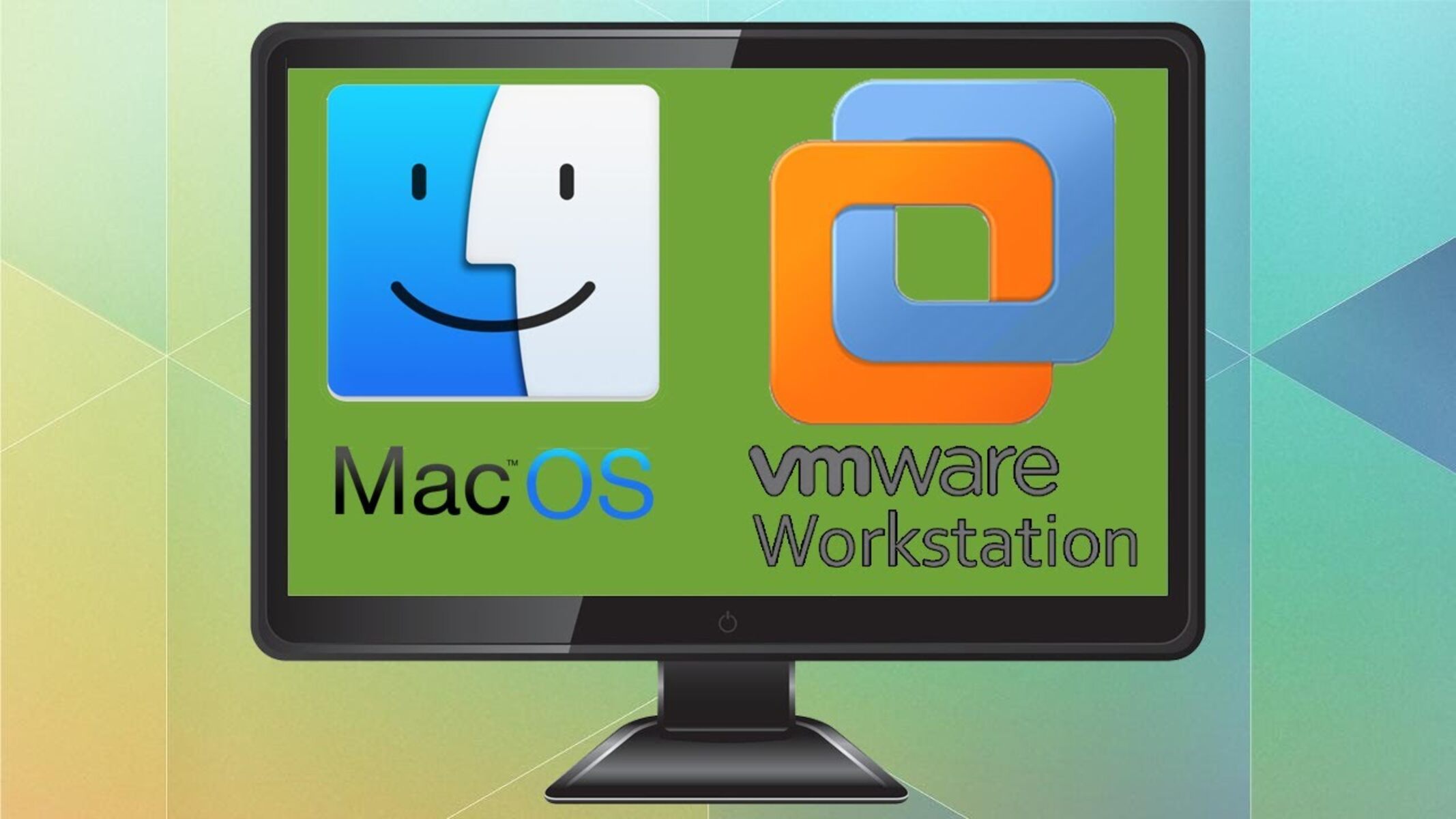Preparing the Virtual Machine in Workstation
Before you can import a virtual machine from Workstation to VMware Fusion, there are a few steps you need to follow to ensure everything is properly set up. Here’s a detailed guide on how to prepare your virtual machine for the migration:
- Power off the virtual machine: It is essential to shut down the virtual machine completely in Workstation before attempting to export it. This ensures that all processes are terminated and files are in a stable state.
- Check hardware compatibility: Verify that the virtual machine’s hardware is compatible with VMware Fusion. Ensure that the guest operating system and any device configurations are supported in Fusion’s environment.
- Suspend or snapshot: If you would like to preserve the current state of the virtual machine, consider suspending it or taking a snapshot. This allows you to resume the virtual machine exactly where you left off after importing it into VMware Fusion.
- Remove unnecessary files: Clean up the virtual machine by removing any unnecessary files or temporary data. This can help reduce the overall size of the virtual machine and improve the import process.
- Check disk space: Ensure that there is enough disk space available on both the source and destination machines. This is crucial to avoid any issues during the migration process.
- Note down network configurations: Make note of any specific network configurations, such as IP addresses or DNS settings, that are currently set up in the virtual machine. You will need this information when setting up the network in VMware Fusion.
By following these steps, you will have a well-prepared virtual machine in Workstation ready to be exported and imported into VMware Fusion. Taking the time to properly prepare the virtual machine will help ensure a smooth and successful migration process.
Exporting the Virtual Machine from Workstation
Once you have prepared your virtual machine in Workstation, the next step is to export it so that it can be imported into VMware Fusion. Here’s a step-by-step guide on how to export your virtual machine:
- Open Workstation: Launch VMware Workstation on your computer.
- Select the virtual machine: From the list of virtual machines in Workstation, choose the one you want to export.
- Go to the File menu: Click on the “File” menu at the top left corner of the Workstation window.
- Export to OVF: In the “File” menu, select “Export to OVF” to initiate the export process.
- Choose the export location: Specify the destination folder where you want to save the exported virtual machine files.
- Customize export options: Depending on your requirements, you can choose to customize the export options, such as selecting a specific virtual machine format or including/excluding certain disks.
- Start the export: Once you have reviewed and confirmed the export settings, click on the “Finish” or “Export” button to start the export process.
- Wait for the export to complete: The export process may take some time, depending on the size of the virtual machine and the performance of your computer.
- Verify the exported files: Once the export is finished, navigate to the destination folder and verify that all the necessary files for the virtual machine are present.
By following these steps, you will successfully export your virtual machine from Workstation in the required OVF format. It is important to ensure that the export process completes without any errors or missing files to ensure a smooth import into VMware Fusion.
Setting Up VMware Fusion
Before you can import your virtual machine into VMware Fusion, you need to properly set up the Fusion application on your Mac. Follow these steps to ensure a smooth transition:
- Install VMware Fusion: If you haven’t already, download and install VMware Fusion on your Mac. You can find the installer on the VMware website.
- Open VMware Fusion: Launch the VMware Fusion application from your Applications folder or by searching for it in Spotlight.
- Activate your copy: If prompted, activate your copy of VMware Fusion using your license key. This step is necessary to access all the features and functionalities of the application.
- Set up networking: Depending on your network configuration, you may need to adjust the networking settings in VMware Fusion. Go to the preferences and ensure that the network settings match those of your original virtual machine.
- Configure storage options: Determine where you want to store your virtual machine files. You can choose the default location or specify a custom path in the VMware Fusion preferences.
- Enable hardware compatibility: Check the hardware compatibility settings in VMware Fusion and make sure they match the requirements of your virtual machine. This includes compatibility with the guest operating system and any specific hardware configurations.
- Check system resources: Ensure that your Mac has enough system resources, such as memory and disk space, to run the virtual machine in VMware Fusion without any performance issues.
- Update VMware Tools: If you are importing a virtual machine from an older version of Workstation, make sure to update the VMware Tools in the virtual machine after importing. This will ensure optimal performance and compatibility with VMware Fusion.
By following these steps, you will have VMware Fusion properly set up and configured on your Mac. This will pave the way for a successful import of your virtual machine from Workstation into VMware Fusion.
Importing the Virtual Machine into VMware Fusion
Now that you have prepared your virtual machine in Workstation and set up VMware Fusion on your Mac, it’s time to import the virtual machine into Fusion. Follow these steps to successfully import your virtual machine:
- Open VMware Fusion: Launch the VMware Fusion application on your Mac.
- Go to File menu: Click on the “File” menu at the top left corner of the Fusion window.
- Select “Import”: In the “File” menu, choose the “Import” option to start the import process.
- Choose the OVF file: Browse to the location where you exported the virtual machine from Workstation and select the OVF file you want to import.
- Review the import settings: VMware Fusion will display a summary of the virtual machine’s configuration. Review the import settings and make any necessary adjustments, such as specifying the location and disk format.
- Start the import: Once you are satisfied with the import settings, click on the “Finish” or “Import” button to start the import process.
- Wait for the import to complete: The import process may take some time, depending on the size of the virtual machine and the performance of your computer.
- Configure settings: After the import is complete, you may need to configure certain settings, such as the virtual machine’s network, hardware, and resource allocation, to match your requirements.
- Power on the virtual machine: Finally, power on the imported virtual machine to ensure everything is working as expected.
By following these steps, you will successfully import your virtual machine from Workstation into VMware Fusion. You will now be able to run and manage the virtual machine on your Mac using the features provided by VMware Fusion.
Troubleshooting Common Issues
While the process of importing a virtual machine from Workstation to VMware Fusion is usually straightforward, you may encounter some common issues along the way. Here are some troubleshooting tips to help you overcome these hurdles:
- File compatibility errors: If you encounter compatibility errors during the import process, double-check that you exported the virtual machine in the correct format and that your version of VMware Fusion supports that format.
- Missing files: If some files are missing after the import, ensure that you exported the virtual machine with all the required files from Workstation. Check if any files were excluded during the export process.
- Network configuration problems: If the network settings are not functioning correctly after the import, verify that the network settings in VMware Fusion match those of the original virtual machine. Adjust them accordingly if needed.
- Hardware compatibility conflicts: If the virtual machine fails to start or exhibits unusual behavior after the import, review the hardware compatibility settings in VMware Fusion. Ensure they match the requirements of the guest operating system and any specific hardware configurations.
- Performance issues: If the imported virtual machine is running slow or experiencing performance issues, ensure that your Mac meets the system requirements to run the virtual machine in VMware Fusion. Allocate sufficient resources, such as memory and CPU, to the virtual machine.
- VMware Tools issues: If you imported a virtual machine from an older version of Workstation, update the VMware Tools inside the virtual machine after the import. This will improve compatibility and performance with VMware Fusion.
- License activation: If prompted for license activation in VMware Fusion after importing the virtual machine, ensure that you have a valid license key and follow the activation process.
- Check VMware Fusion documentation: If you encounter any other issues or errors during the import process, refer to the VMware Fusion documentation for further troubleshooting steps and solutions.
By following these troubleshooting tips, you can overcome common issues that may arise when importing a virtual machine from Workstation to VMware Fusion. Remember to consult the official documentation or seek support from VMware if you require further assistance.







